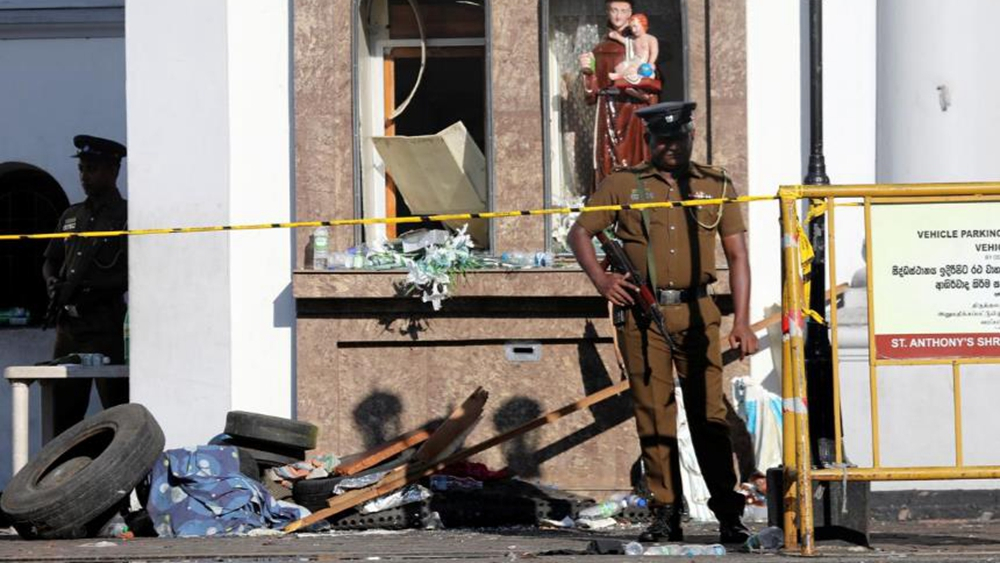
Asia Pacific
15:42, 22-Apr-2019
Terrorist attack highlights Sri Lanka's religious tensions
Updated
09:16, 23-Apr-2019
Nayan Seth, Wang Yushen
01:43

The recent attacks on churches and hotels, which killed 290, have once again put religious and ethnic tensions in Sri Lanka to the fore. What exactly is behind all this hostility between different groups and communities, and why is the small island nation facing its most challenging hour since the end of the civil war?
May 2009 saw the end of a 26-year conflict between LTTE militants and the government. By then, over 100,000 lives had been lost.
Peace returned to Sri Lanka, but tensions between major religious groups lingered.
To understand the issue better, let's break down the country's religious demography.
The island nation has a total population of around 22 million. More than 70 percent of them are Buddhists, one in eight claims to be Hindu, about 10 percent are Muslim and Christians account for just over 7 percent, according to the 2012 national census.
Sri Lanka's constitution gives all citizens the freedom to adopt, practice and teach any religion of their choice, although it gives Buddhism priority.
However, a U.S. State Department report in 2017 accused the country of not protecting the rights of minorities – a charge denied by the Sri Lankan government. The report also documented around 100 cases of attacks on churches, intimidation and violence against pastors that year.
The nation has witnessed some sporadic violent incidents. In March last year, a state of emergency was declared after four people were killed during clashes between the Buddhist community and Muslims in the city of Kandy.
As the police zero in on the perpetrators of Sunday's blasts, an entire nation remains on edge.
With a history of sectarian violence, Sri Lanka is bracing for an uncertain future.

SITEMAP
Copyright © 2018 CGTN. Beijing ICP prepared NO.16065310-3
Copyright © 2018 CGTN. Beijing ICP prepared NO.16065310-3